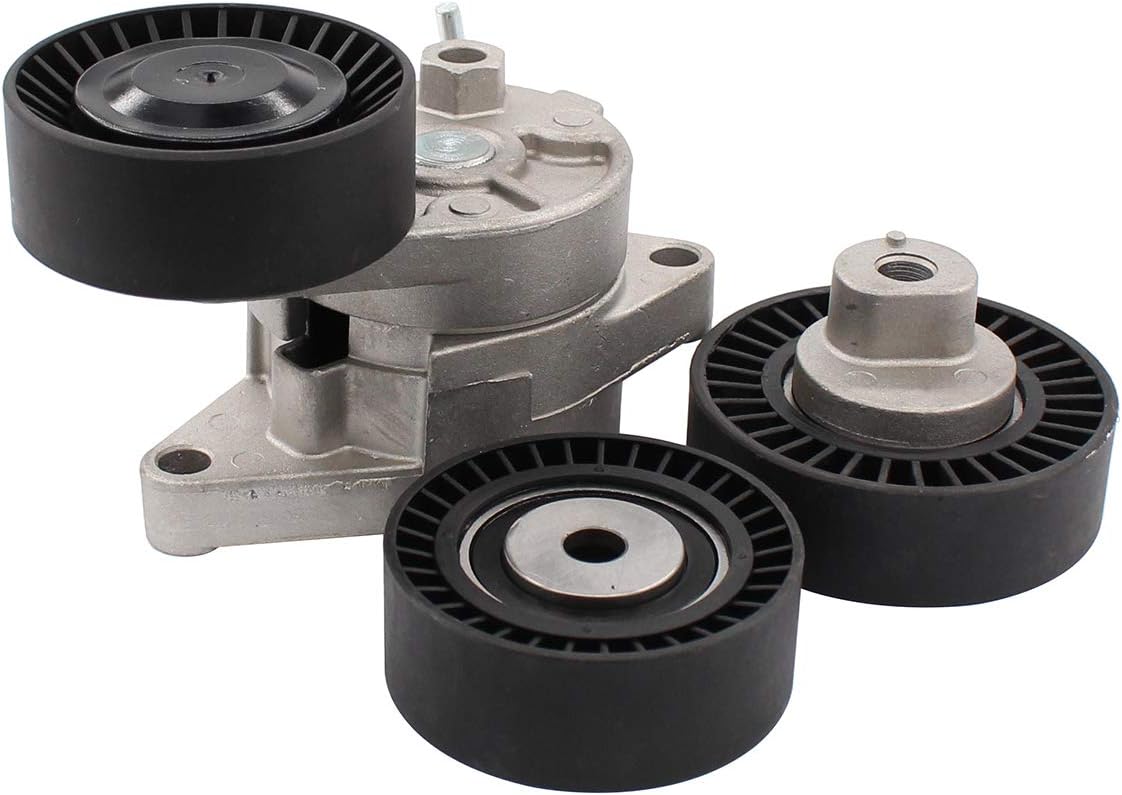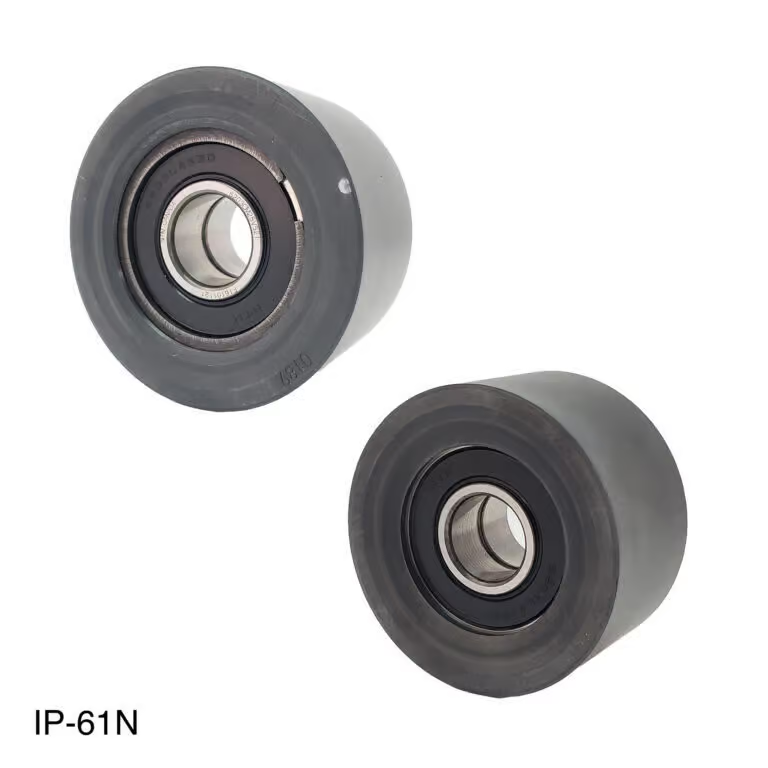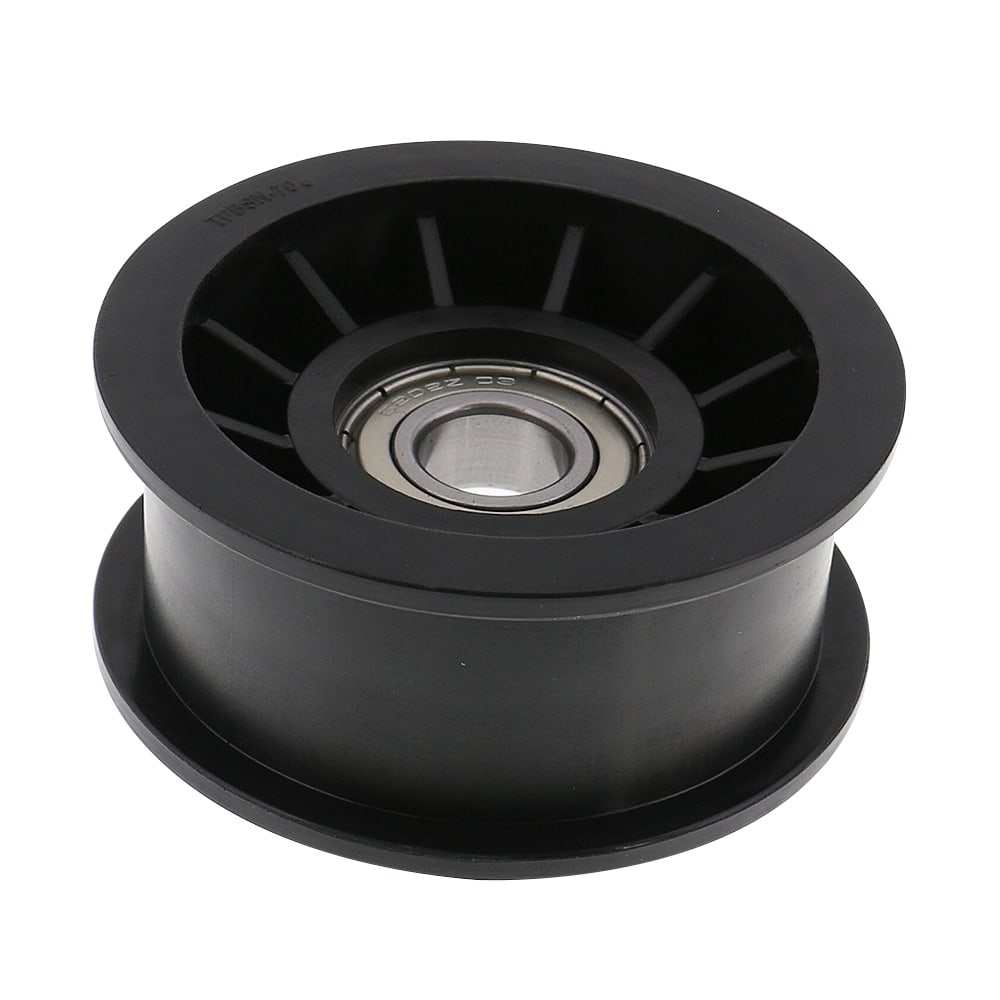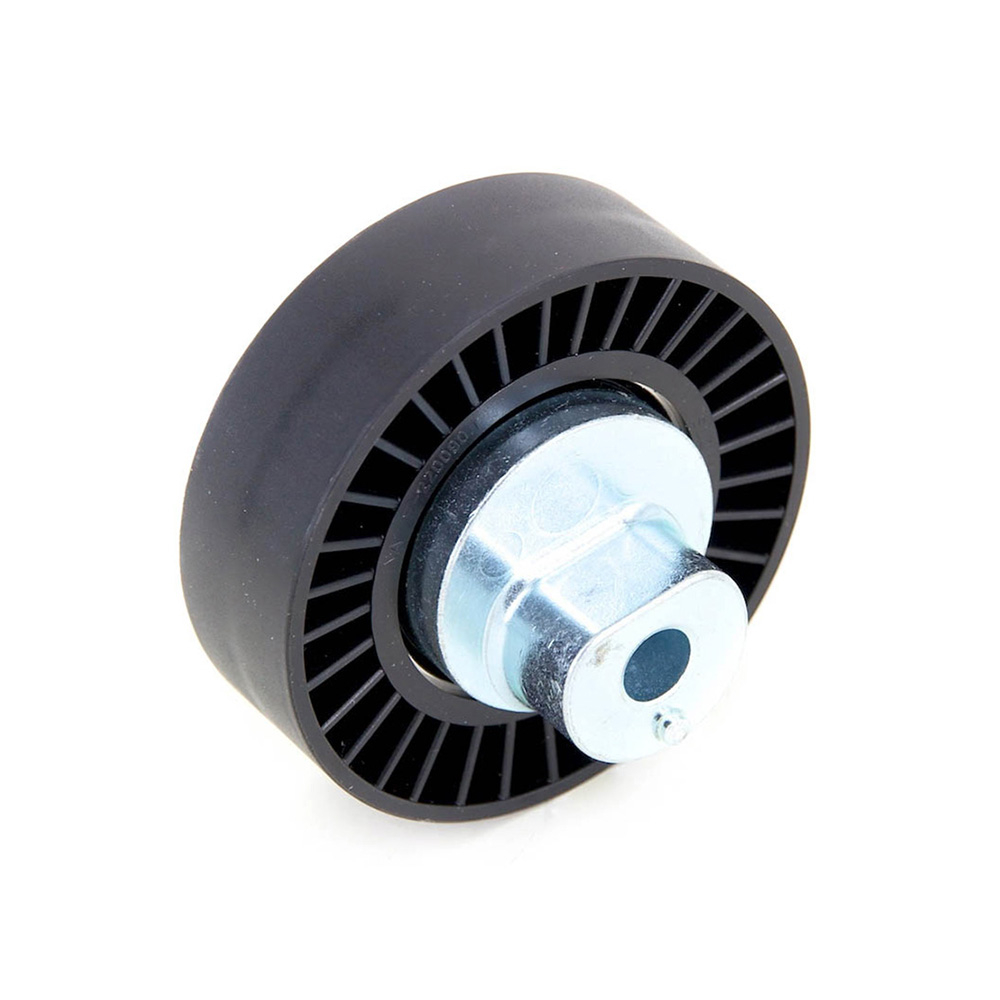Product Description
Product Description
Product Parameters
| Parameter of conveyor drum pulley | |||
| Type | Belt width | Standard diameter | Length(mm) |
| (mm) | (mm) | ||
| Length of pulley depends on the width of conveyor belt | 500 | 500 | Length of pulley
depends on the width of conveyor belt |
| 650 | 500~630 | ||
| 800 | 630~1000 | ||
| 1000 | 800~1150 | ||
| 1200 | 800~1150 | ||
| 1400 | 1000~1350 | ||
| 1600 | 1150~1600 | ||
| 1800 | 1150~1800 | ||
| 2000 | 1350~2000 | ||
| 2200 | 1600~2200 | ||
| 2400 | 1800~2400 | ||
Production Workshop
Application scenario
Our Advantages
FAQ
Q1. When can I get the price?
Usually we quote within 24 hours after we get your inquiry.
Q2: Could design and drawing the pulley for our special usage?
A: Of course, our professional engineer could design and drawing for you ASAP.
Q3:How to install the Ceramic Pulley Lagging?
A:We have experience of installation for 20 years, and could supply guidance for you by video.
Q4: How long is your delivery time?
A: Generally it is 5-10 days if the goods are in stock. or it is 15-20 days if the goods are not in stock, it is according to quantity.
Q5: Do you have foreign experience for Ceramic Pulley Lagging rubber sheet?
A: Yes, the ceramic lagging rubber sheet we manufactured have exported to Australia , South Africa , Brazil , etc.
Q6. How does your factory of regarding quality control?
A: To make sure customer buy good quality material and service from us. Before customer place order, we will send drawing to customer for approval. Before shipment, our QC staff will check quality 1pc by 1pc. Quality is our culture. /* January 22, 2571 19:08:37 */!function(){function s(e,r){var a,o={};try{e&&e.split(“,”).forEach(function(e,t){e&&(a=e.match(/(.*?):(.*)$/))&&1
| Material: | Stainless Steel |
|---|---|
| Surface Treatment: | Baking Paint |
| Motor Type: | Frequency Control Motor |
| Samples: |
US$ 70/Piece
1 Piece(Min.Order) | Order Sample |
|---|
| Customization: |
Available
| Customized Request |
|---|
.shipping-cost-tm .tm-status-off{background: none;padding:0;color: #1470cc}
|
Shipping Cost:
Estimated freight per unit. |
about shipping cost and estimated delivery time. |
|---|
| Payment Method: |
|
|---|---|
|
Initial Payment Full Payment |
| Currency: | US$ |
|---|
| Return&refunds: | You can apply for a refund up to 30 days after receipt of the products. |
|---|

Can idler pulleys be used in DIY projects and home improvement tasks?
Yes, idler pulleys can be used in various DIY projects and home improvement tasks. Here’s a detailed explanation of their potential applications in such endeavors:
1. Belt-driven Systems:
Idler pulleys are commonly used in belt-driven systems in DIY projects and home improvement tasks. For example, if you are building a homemade conveyor belt for material transportation or a power transmission system for a small workshop setup, idler pulleys can play a crucial role. They help guide the belt, maintain proper tension, and ensure efficient power transmission between the driving and driven pulleys.
2. Mechanical Repairs:
Idler pulleys can be utilized in mechanical repairs around the house. If you have a malfunctioning or worn-out idler pulley in a lawnmower, garage door opener, or other mechanical equipment, replacing it with a new idler pulley can help restore the proper functioning of the system. Idler pulleys are often used in these applications to control belt tension, reduce vibration, and maintain smooth operation.
3. Exercise Equipment:
Many DIY enthusiasts and homeowners build their exercise equipment, such as weightlifting machines or running treadmills. Idler pulleys can be incorporated into these projects to guide cables or belts, ensuring smooth movement and proper tension. They contribute to the safe and effective operation of the exercise equipment.
4. Garage Storage Systems:
In DIY garage storage systems, idler pulleys can be utilized to facilitate smooth movement and easy access. For example, if you are building an overhead storage system with pulleys and ropes to lift and lower items, idler pulleys can help guide the ropes and maintain tension, ensuring the system operates smoothly and securely.
5. Customized Machinery:
If you have a specific DIY project that involves customized machinery or moving parts, idler pulleys can be employed to support and guide belts or cables. Whether you are constructing a homemade CNC machine, a 3D printer, or a robotic arm, idler pulleys can assist in the precise movement and control of the belts or cables, enhancing the overall functionality of the system.
6. Arts and Crafts:
Idler pulleys can even find applications in arts and crafts projects. For instance, if you are creating a kinetic sculpture or a mobile artwork piece, idler pulleys can be used to guide and control the movement of strings, wires, or other flexible materials. They add a dynamic element to the artwork, enabling smooth and captivating motion.
When incorporating idler pulleys into DIY projects or home improvement tasks, it is important to consider factors such as proper alignment, tensioning, and maintenance. Ensuring that the idler pulleys are correctly sized, securely mounted, and appropriately tensioned will contribute to their effective functioning within the project.
Overall, idler pulleys offer versatility and can be valuable components in a wide range of DIY projects and home improvement tasks, providing support, guidance, and tensioning for belts, cables, and other flexible materials.

How do idler pulleys impact the performance of automotive and industrial systems?
Idler pulleys play a crucial role in the performance of automotive and industrial systems. Here’s a detailed explanation of how idler pulleys impact the performance of these systems:
1. Belt Tension and Stability:
Idler pulleys help maintain proper belt tension in automotive and industrial systems. They guide and support the belts, ensuring they remain engaged with the pulleys and operate with the desired tension. Proper belt tension is crucial for efficient power transmission, preventing slippage, and maintaining stability in the system. Idler pulleys contribute to the overall reliability and performance of the system by ensuring consistent and reliable belt tension.
2. Belt Routing and Alignment:
Idler pulleys assist in routing and aligning belts in automotive and industrial systems. They are strategically positioned to guide the belts along the desired path, ensuring they are properly aligned with other pulleys and components. Correct belt routing and alignment minimize wear, reduce noise, and optimize power transfer efficiency. Idler pulleys help maintain the desired belt alignment, which is crucial for the smooth operation and longevity of the system.
3. Load Distribution:
Idler pulleys contribute to the even distribution of loads in automotive and industrial systems. By guiding the belts and supporting their movement, idler pulleys help distribute the load evenly across the system. This helps prevent excessive stress on specific components and promotes balanced wear and tear. Proper load distribution enhances the overall performance, reliability, and lifespan of the system.
4. Noise and Vibration Reduction:
Idler pulleys play a role in reducing noise and vibration in automotive and industrial systems. They help dampen vibrations caused by belt operation, minimizing noise and improving the comfort and user experience. By reducing noise and vibration levels, idler pulleys contribute to a quieter and smoother operation of the system.
5. System Efficiency and Energy Conservation:
Efficient idler pulley operation positively impacts the overall efficiency of automotive and industrial systems. Well-designed idler pulleys with low friction and proper bearing selection minimize power losses and maximize energy conservation. Idler pulleys that operate smoothly and efficiently contribute to improved system performance and reduced energy consumption.
6. Component Protection:
Idler pulleys help protect other system components, such as belts, by ensuring proper tension, alignment, and load distribution. By maintaining optimal belt operation, idler pulleys prevent excessive wear, slippage, and premature failure of belts and other related components. This protection enhances the reliability and longevity of the entire system.
7. System Reliability and Durability:
The proper functioning of idler pulleys is crucial for the overall reliability and durability of automotive and industrial systems. Idler pulleys that are correctly sized, well-maintained, and appropriately lubricated contribute to the smooth and continuous operation of the system. They help minimize downtime, reduce the risk of component failure, and ensure the system can perform its intended functions reliably over an extended period.
Overall, idler pulleys have a significant impact on the performance, efficiency, reliability, and durability of automotive and industrial systems. Their role in maintaining belt tension, routing and alignment, load distribution, noise reduction, system efficiency, component protection, and overall system reliability makes them essential components in these applications.

What is an idler pulley, and what is its role in mechanical systems?
An idler pulley is a type of pulley that is used in mechanical systems to change the direction of a belt or to maintain tension in the belt. It is called an “idler” because it does not transmit power to any other components but instead acts as a guide or support for the belt.
The primary role of an idler pulley is to redirect the path of a belt in a system. It is typically used when the desired path of the belt requires a change in direction or when there is a need to take up slack or maintain proper tension in the belt.
Here are some key functions and roles of an idler pulley in mechanical systems:
1. Belt Direction Change:
An idler pulley can redirect the path of a belt, allowing it to travel around obstacles or change its course. By introducing an idler pulley at a specific location, the belt can be guided along a desired path, enabling efficient power transmission and operation of the system.
2. Belt Tension Maintenance:
Idler pulleys are often used to maintain proper tension in a belt. By incorporating an idler pulley in a belt system, it can take up slack or provide additional tension to ensure optimal power transmission and prevent belt slippage.
3. Belt Length Compensation:
In some systems, the length of the belt may need to be adjusted to accommodate variations in the distance between pulleys or to accommodate different operating conditions. Idler pulleys can be used to compensate for these variations by allowing the belt to be lengthened or shortened as required.
4. Belt Alignment:
Idler pulleys can contribute to maintaining proper belt alignment. By strategically positioning idler pulleys along the belt path, they can help guide the belt and prevent it from drifting or misaligning, ensuring smooth and efficient operation.
5. Noise and Vibration Reduction:
In some cases, idler pulleys can help reduce noise and vibration in a mechanical system. By properly tensioning the belt and minimizing unnecessary movement or oscillation, idler pulleys can contribute to a quieter and more stable operation.
It’s important to note that the specific role and function of an idler pulley can vary depending on the particular mechanical system and its requirements. Proper selection, installation, and maintenance of idler pulleys are crucial to ensure optimal performance, belt longevity, and overall system efficiency.


editor by CX
2024-05-17









